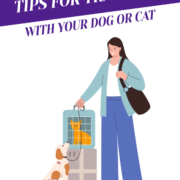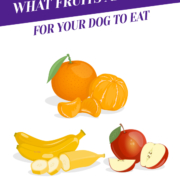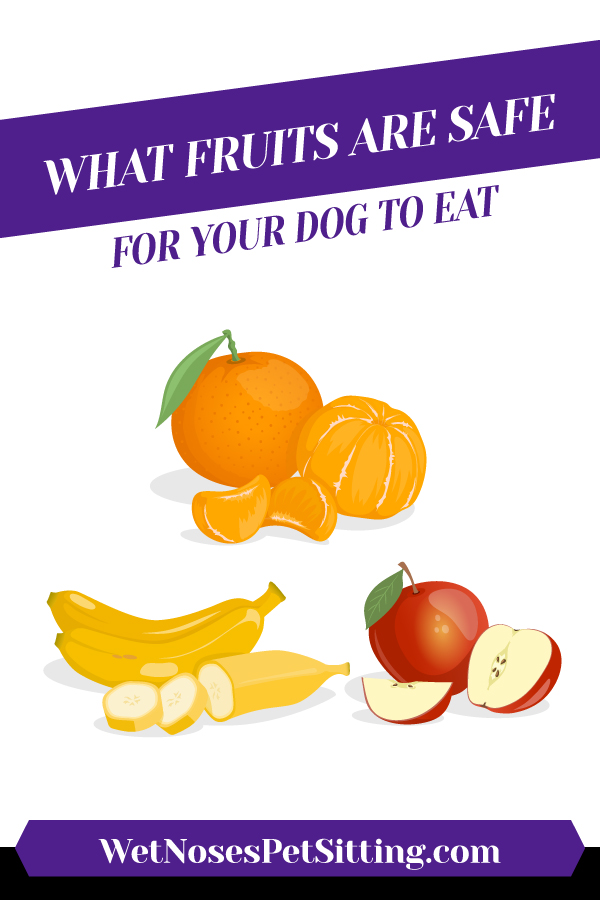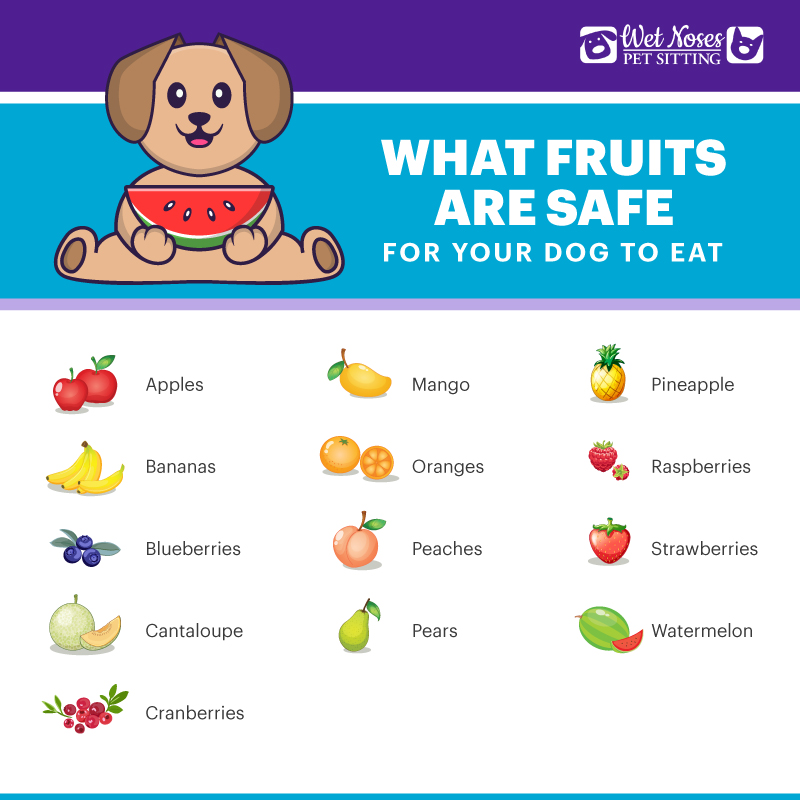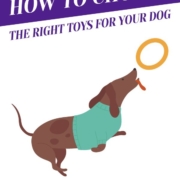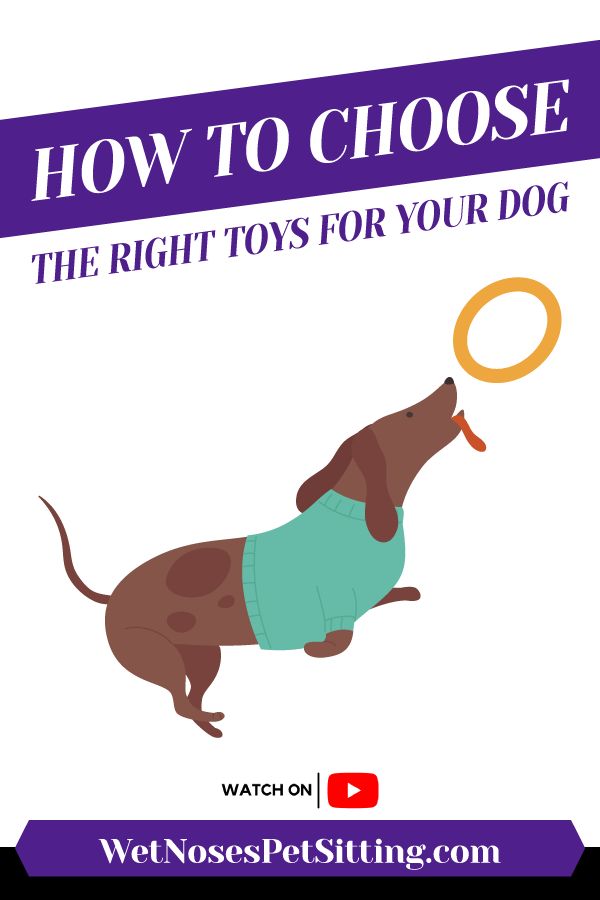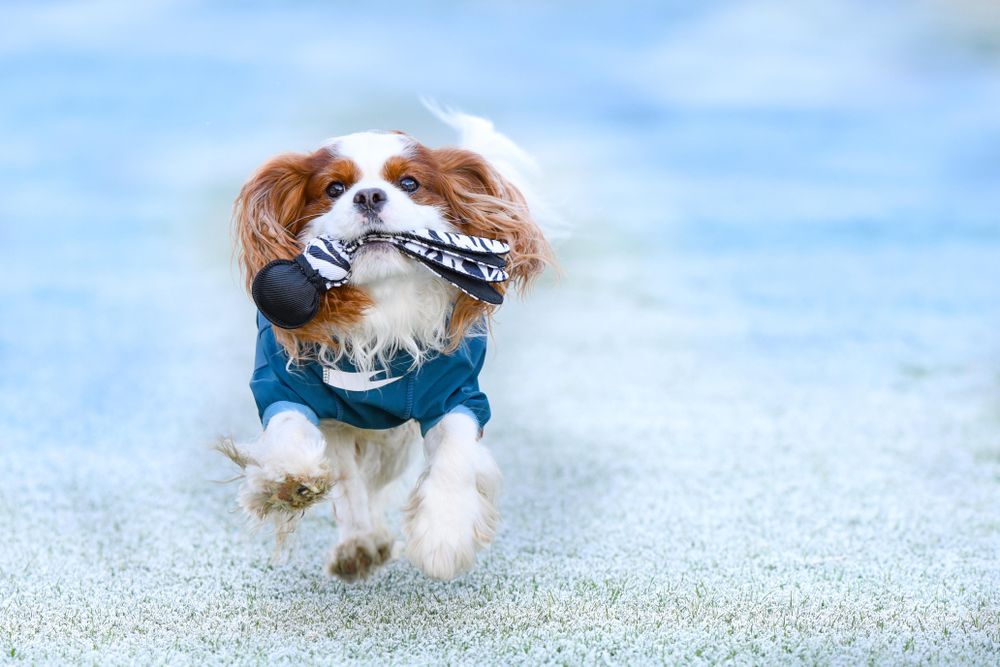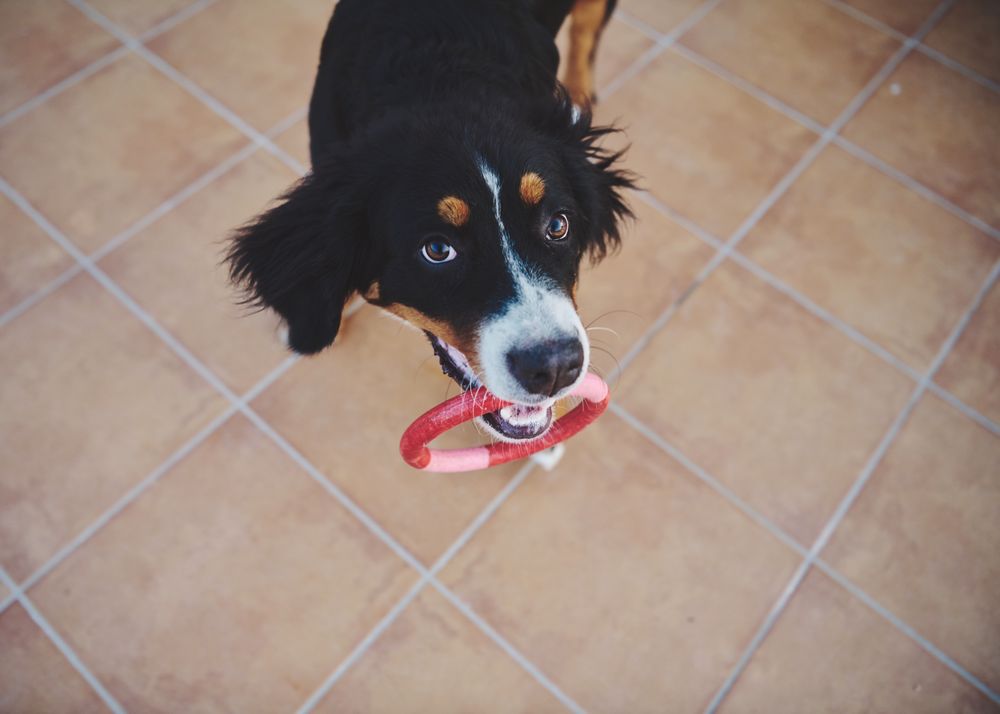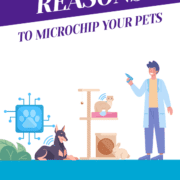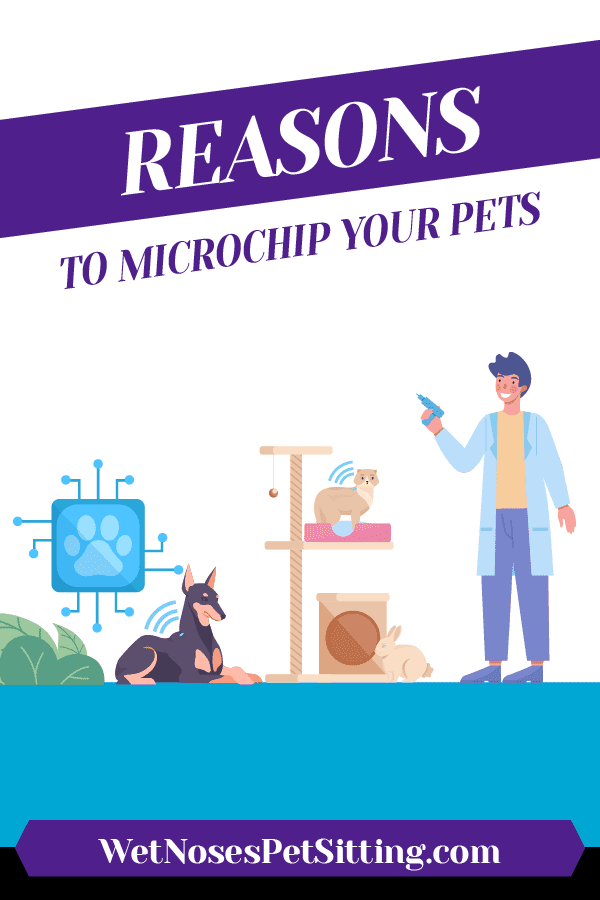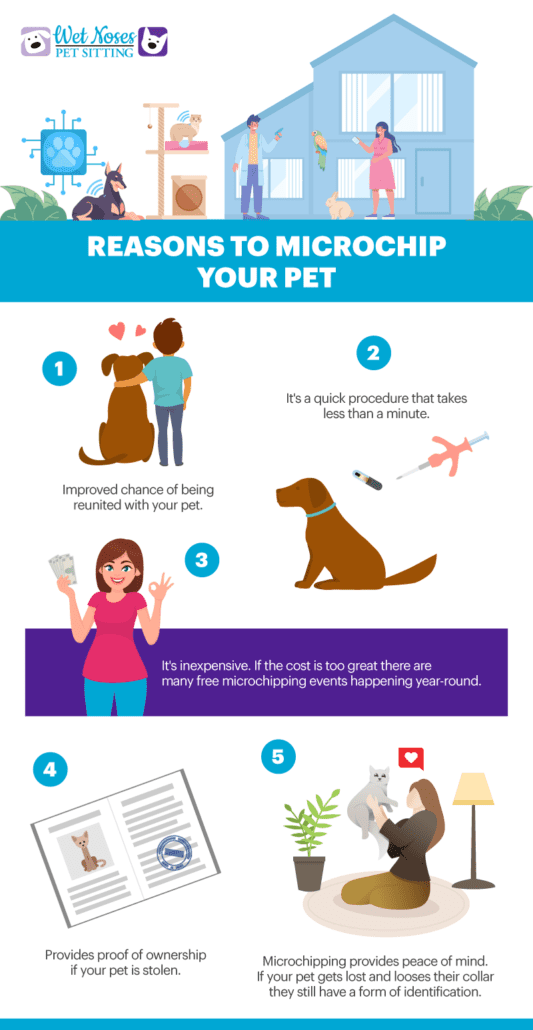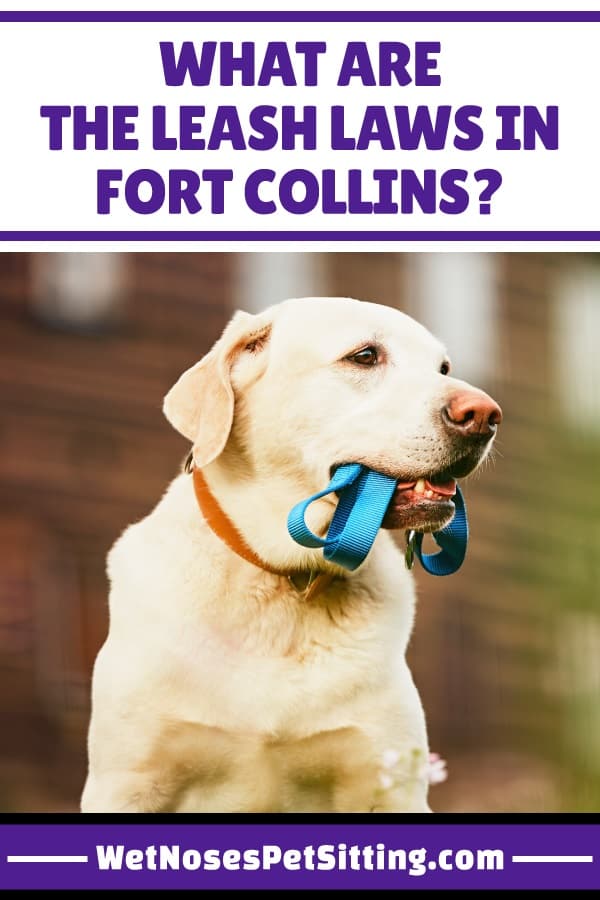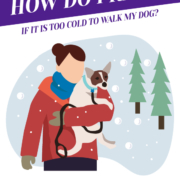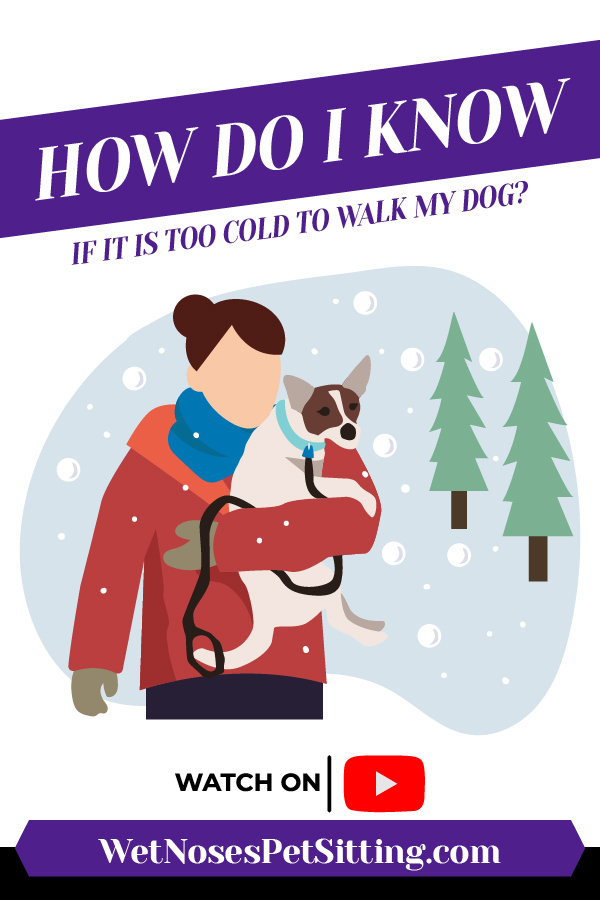Tips for Traveling with Your Dog or Cat
Tips for Traveling with Your Dog or Cat
Our summer is right around the corner, and that means traveling for weekend fun or perhaps a longer camping trip. Many of us love exploring our great country from the comfort of our cars, SUVs, campers, or trucks.
Bringing our pets along on these excursions is something many people enjoy. For others, their service pets accompany them everywhere they go, and their pet’s comfort is just as important as their own.
In this article, we will explore safety issues, tips, and tricks that will help even the seasoned traveler fully enjoy their on-the-road experience with their dog or cat by their side!
Microchipping
If your pet isn’t already microchipped, getting them chipped is a crucial step in ensuring their safe return if they were to get lost. Collars and leashes can easily be lost. Having your pet microchipped is also a way to prevent somebody claiming your pet as a stray. Part of a standard veterinarian examination, especially for new pets, includes a microchip scan to make sure the information matches up with what is on file. If somebody takes your pet to the vet, they should see that this information does not match up and call you to verify. Either to confirm that ownership was transferred or that yes, you pet is indeed lost and you would like them returned to you.
Even if you pet is microchipped, many lost pets who are found are never reunited due to outdated contact information. Verify that your dog or cat has a chip, and ensure your contact information is up to date before making travel arrangements. Even better, make sure you put a backup number that is unlikely to change to a place that could reach you, such as your employer.
Vaccinations
Update your pet’s vaccinations to ensure their maximum protection and well-being while traveling. If they have lapsed check with your veterinarian and get them updated as soon as possible in order to ensure the maximum effectiveness for your pet. While you’re at the vet, it’s a great idea to talk to them about parasite prevention.
Parasite Prevention
Keep your pets updated on flea, tick, heartworm, and other parasitic medications. Consult with your veterinarian for the best approach and consider necessary blood tests before administering medications.
Plant Toxicity
There may be new flowers, bushes and plants that your cat or dog may not be familiar with, so keep a close eye on them to avoid the unpleasant effects that would result in them ingesting any one of the following. Azaleas, mushrooms, and milkweed are toxic to dogs and lilies are toxic for cats. Remember to keep any and all of your medications whether prescribed or over the counter, locked away where your pet is not able to access them.
Emergency Preparedness
Carry all your pet’s important documents, medications, and contact information for the Pet Poison Helpline, local veterinarians, and emergency hospitals in the area(s) you will be traveling to.
Familiar Food
Bring your dog or cat’s usual food to avoid digestive issues on the road and don’t forget the treats. If your pet tends to have an upset stomach on the road, like my cat, skipping meal time before hitting the road might be your best pet. You can also talk to your veterinarian about medications or supplements you can give your pet with their food to help ease any carsickness.
Resting Crate
Having a crate where your pet can rest while in motion provides safety for both of you. Your pet can relax in their bed and blankets, minimizing distractions while you drive and reducing the risk of injury in sudden stops. Help them to enjoy the road as much as you do by frequently stopping and giving them ample “sniffing” time (for dogs) to exercise their minds as well as their body. The more adventurous and inquisitive cat will enjoy these forays into the great outdoors as well; just be sure to have a secure harness and leash before letting them out.
Travel Harness & Backpacks
Consider a travel harness that connects to the child seat anchors, allowing your pet to sit or lie down comfortably outside of a crate.
Many people have pet travel backpacks that allow them to ride safely but still take in the sites. For cats here are the 5 best travel backpacks for 2023 and don’t forget your dog backpacks; they come in varying sizes, colors, and patterns.
These above-mentioned packs for dogs or cats are really smart if you are hiking a long way from your camp, trailer or SUV. If your dog sprains his ankle, foot or leg you have a great way to get them back to camp without adding to their injury. A smart move for anyone thinking of getting out into the wide open spaces of our land.
Dog-Friendly Beaches & Hotels
Research and discover dog-friendly beaches where you can enjoy the surf with your furry friend. Engage in activities like frisbee chasing, surfing, or playing in the water for a fun-filled travel experience with your dog. While you’re researching beaches, researching pet-friendly hotels isn’t such a bad idea either. Check out this site for pet hotel friendliness! Be sure to get your reservations plenty early enough so that you know that you and your pet will have a comfy place to bed down for the night.
Traveling with Cats
Introduce your cat to various environments and situations from a young age to help them become more comfortable with outdoor experiences. Exposing them to various environments and situations will help them to form a more well rounded opinion of the outdoors.
Another thing to remember when traveling with cats is cats sleep a lot! So entertaining them is pretty easy on the road. They are most active in the early morning and early evening hours so coordinate your travel times around then. Most travelers attest to the ease of disposable litter boxes. Traveling with pets adds to the overall “baggage” but this is a great way to cut the time and mess of the home litter box setup.
Conclusion
Remember to prioritize your pet’s health, personality, and breed when deciding to take them on vacation. If traveling isn’t suitable for your pet, leaving them at home under the care of a bonded, insured, and trained pet sitting professional, such as Wet Noses Pet Sitting, is an excellent option.
Traveling with your pet can strengthen the bond between you both. Consider their comfort and well-being in new environments and enjoy the unforgettable moments you will share together. Don’t forget to capture precious vacation photos and videos with your pet!
Now is the time to embark on a fun and sunny adventure with your furry companion. Happy travels!
Wet Noses Pet Sitting is here to cater to your pet’s needs, whether it’s a dog, cat, farm animal, exotic pet, or reptile. Our trained professionals are available to care for pets requiring medication or recovering from surgery, offering convenient day visits or overnight stays for older or anxious pets. You can feel confident leaving your pet at home in familiar surroundings with our reliable services.

